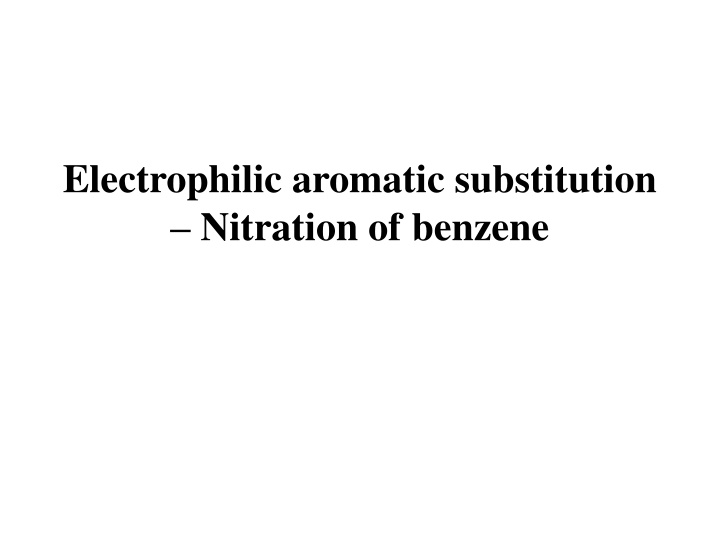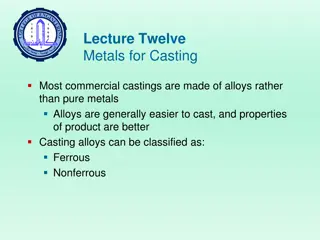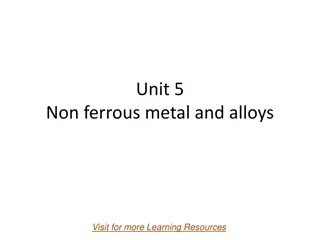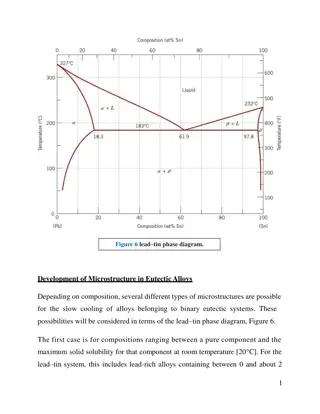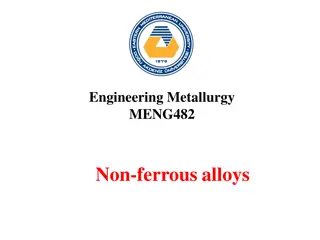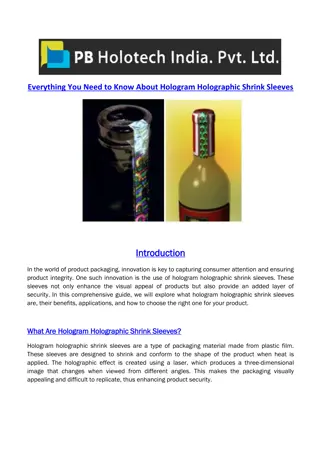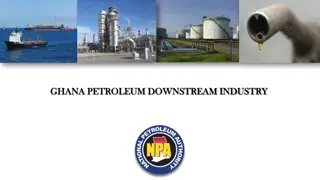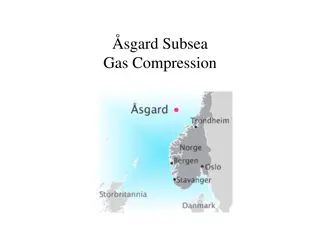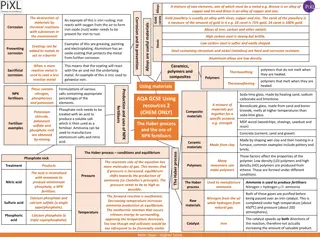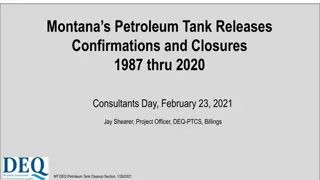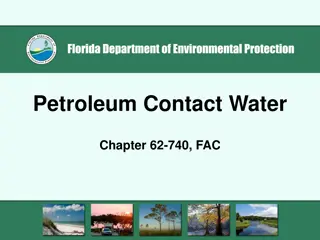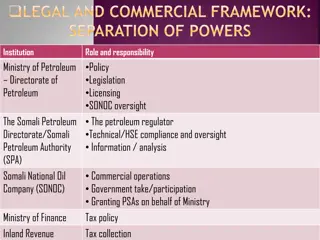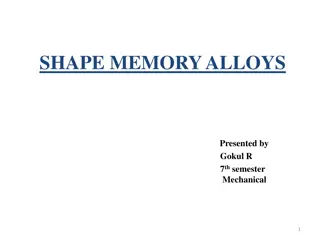Manufacturer of Special Alloys for Petroleum Products
Recently started manufacturing facility specializing in special/super alloys casting for petroleum products, meeting high-quality standards. Expertise in Bi-Metallic and Tri-Metallic alloy pipes. Current production includes pipes, liners, bushes, tubes, and rotors. Commitment to meeting customer expectations, operating with honesty and integrity, and continuous improvement. Competency in manufacturing high-quality special/super alloys, mechanized operations customizable to client requirements, and catering to defense, oil and gas, and refinery industries. Adhering to manufacturing standards like ASTM, EN, DIN, IS, GOST, NACE for various alloy types. Range of products include Fe, Cu, Al, Ni, Cr, and Co-based castings for engineering and automobile parts. Various manufacturing processes like sand casting, shell moulding, and CO2 moulding employed.
Uploaded on Apr 16, 2025 | 0 Views
Download Presentation

Please find below an Image/Link to download the presentation.
The content on the website is provided AS IS for your information and personal use only. It may not be sold, licensed, or shared on other websites without obtaining consent from the author.If you encounter any issues during the download, it is possible that the publisher has removed the file from their server.
You are allowed to download the files provided on this website for personal or commercial use, subject to the condition that they are used lawfully. All files are the property of their respective owners.
The content on the website is provided AS IS for your information and personal use only. It may not be sold, licensed, or shared on other websites without obtaining consent from the author.
E N D
Presentation Transcript
Electrophilic aromatic substitution Nitration of benzene
Nitration of Benzene The source of the nitronium ion is through the protonation of nitric acid by sulfuric acid, which causes the loss of a water molecule and formation of a nitronium ion.
The first step in the nitration of benzene is to activate HNO3with sulfuric acid to produce a stronger electrophile, the nitronium ion. Because the nitronium ion is a good electrophile, it is attacked by benzene to produce Nitrobenzene.
Mechanism (Resonance forms of the intermediate can be seen in the generalized electrophilic aromatic substitution)
Nitration of benzene firstly involves the formation of a very powerful electrophile, the nitronium ion, which is linear. This occurs following the interaction of two strong acids, sulfuric and nitric acid. Sulfuric acid is the stronger and it protonates the nitric acid on the OH group so that a molecule of water can leave. Benzene attacks the positively charged nitrogen atom of the electrophile, where one of the N=O bonds is broken at the same time. This is followed by rapid loss of a proton to regenerate the aromaticity.
Sulfonation is a reversible reaction that produces benzenesulfonic acid by adding sulfur trioxide and fuming sulfuric acid. The reaction is reversed by adding hot aqueous acid to benzenesulfonic acid to produce benzene.
To produce benzenesulfonic acid from benzene, fuming sulfuric acid and sulfur trioxide are added. Fuming sulfuric acid, also refered to as oleum, is a concentrated solution of dissolved sulfur trioxide in sulfuric acid. The sulfur in sulfur trioxide is electrophilic because the oxygens pull electrons away from it because oxygen is very electronegative. The benzene attacks the sulfur (and subsequent proton transfers benzenesulfonic acid. occur) to produce
Summary: Halogenation of Benzene In the cases of chlorine, bromine, and iodine, electrophilic aromatic substitution follows three steps. Activation of the electrophile by a Lewis acid catalyst (or stoichiometric oxidant, in the case of iodine) Attack of the activated electrophile by the aromatic ring. Deprotonation to regenerate the aromatic ring. In the next post we ll cover two more important electrophilic aromatic substitution reactions: sulfonylation and nitration, and they will also follow this three-step pattern!
Electrophilic substitution reaction of benzene What is alkylation? Alkylation means substituting an alkyl group into something - in this case into a benzene ring. A hydrogen on the ring is replaced by a group like methyl or ethyl and so on. The facts Benzene is treated with a chloroalkane (for example, chloromethane or chloroethane) in the presence of aluminium chloride as a catalyst. On this page, we will look at substituting a methyl group, but any other alkyl group could be used in the same way. Substituting a methyl group gives methylbenzene - once known as toluene.
The aluminium chloride isn't written into these equations because it is acting as a catalyst. If you wanted to include it, you could write AlCl3over the top of the arrow. The formation of the electrophile The electrophile is CH3+. It is formed by reaction between the chloromethane and the aluminium chloride catalyst.
The electrophilic substitution mechanism Stage one Stage two The hydrogen is removed by the AlCl4-ion which was formed at the same time as the CH3+electrophile. The aluminium chloride catalyst is re-generated in this second stage
